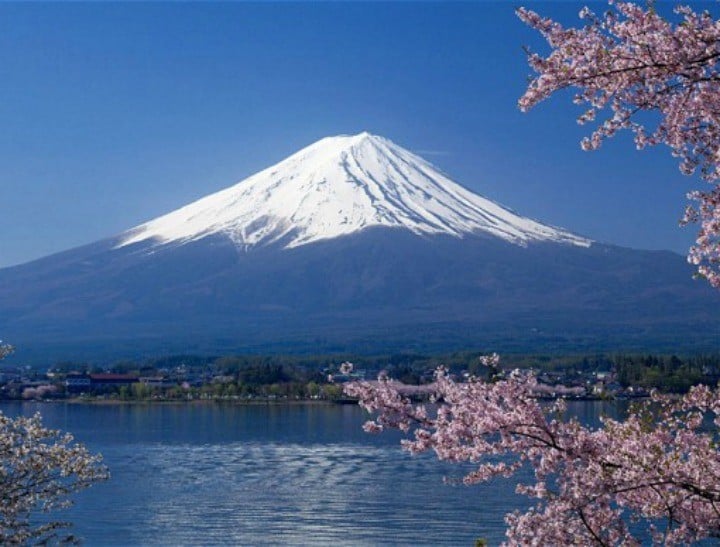
Warning: This article deals with the topic of suicide and may be triggering for some people.
Japan’s ‘Suicide Forest’ recently appeared in headlines after YouTube personality Logan Paul made a video in which he showed a dead body hanging among the trees in what is, tragically, a popular location for people to end their lives.
Mass outrage over the video led to the personality, who has many young fans, being dropped from lucrative Google Preferred program by YouTube.
While the insensitive video showed the forest in an exploitative light, it’s eerie beauty, and it’s harrowing history, have long been the subject of fascination for documentary filmmakers, journalists and the merely curious.
At first glance, Japan’s Mt Fuji is simply picturesque – postcard perfect, cherry blossoms against a blue sky.
But at the foot of its snow-capped grandeur, there’s something much more sinister going on.


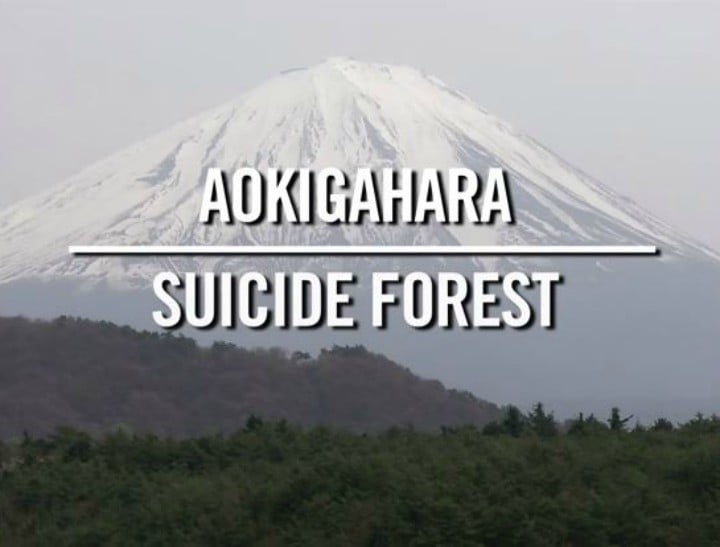
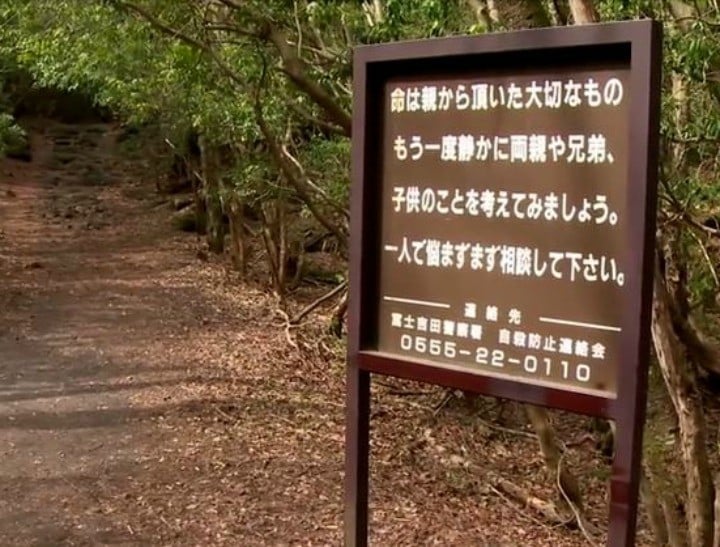
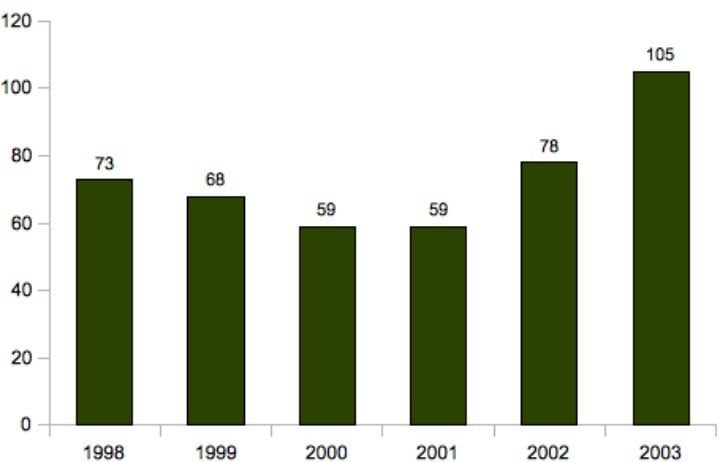
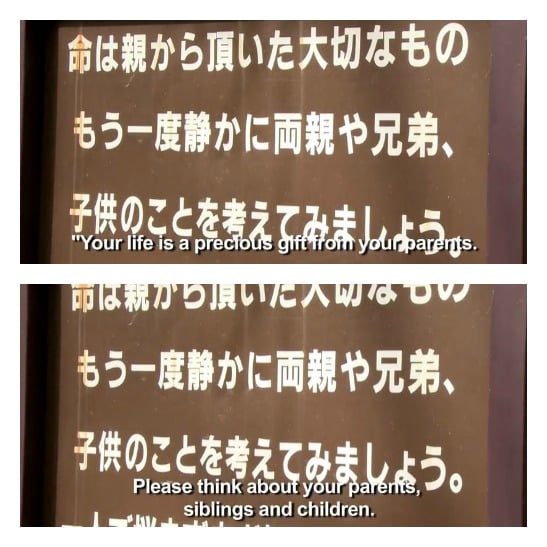
Top Comments
Why don't they put a sensor on the entrance? So they know if someone went in and didn't come out that night?
Looks good.Wish I could go there.